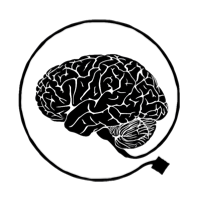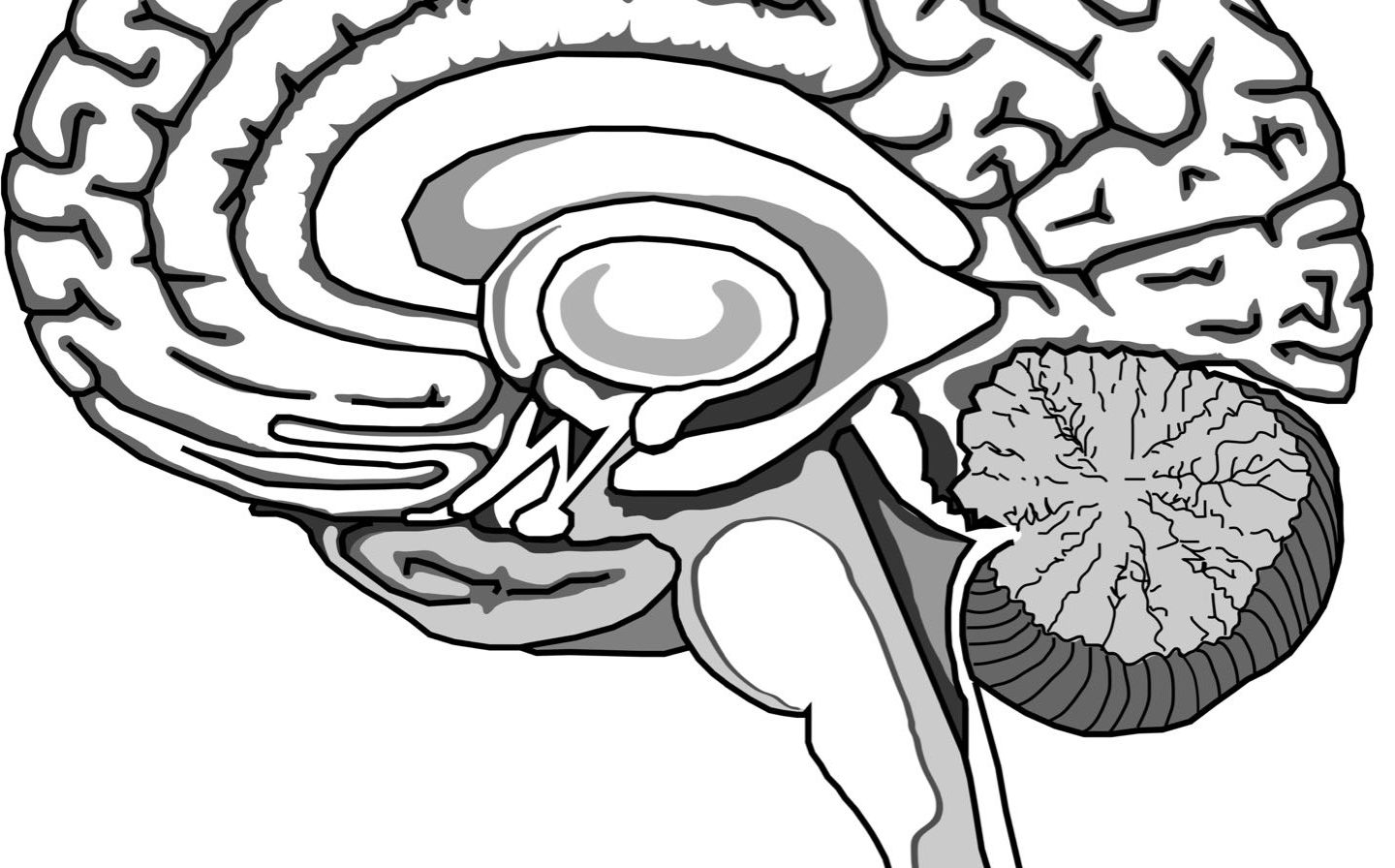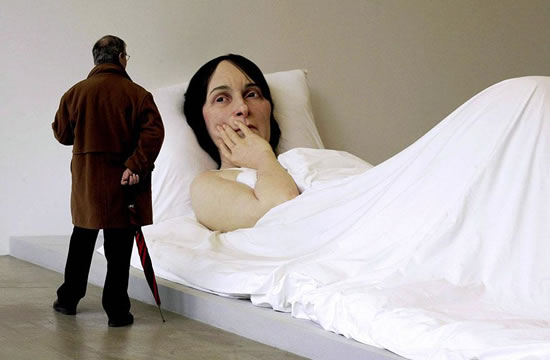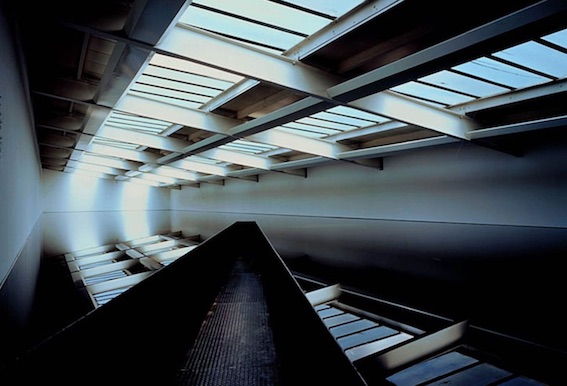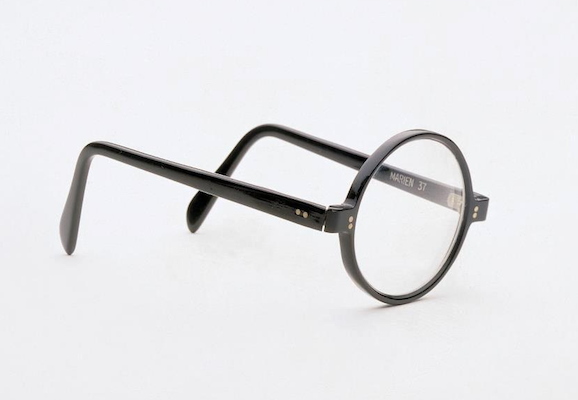2. Architecture of the Implicit Mind
Part 1 of The Implicit Mind makes the case that “implicit attitudes” are mental states that cause us to act in relatively spontaneous ways, sometimes for better and sometimes for worse. I offer an unorthodox description of implicit attitudes, distinguish implicit attitudes from other folk psychological kinds, and show how …
